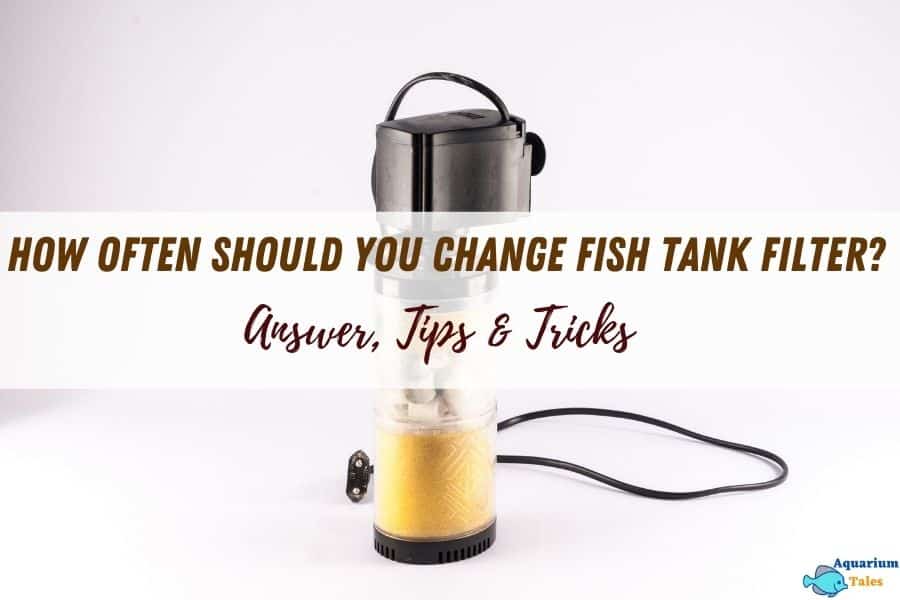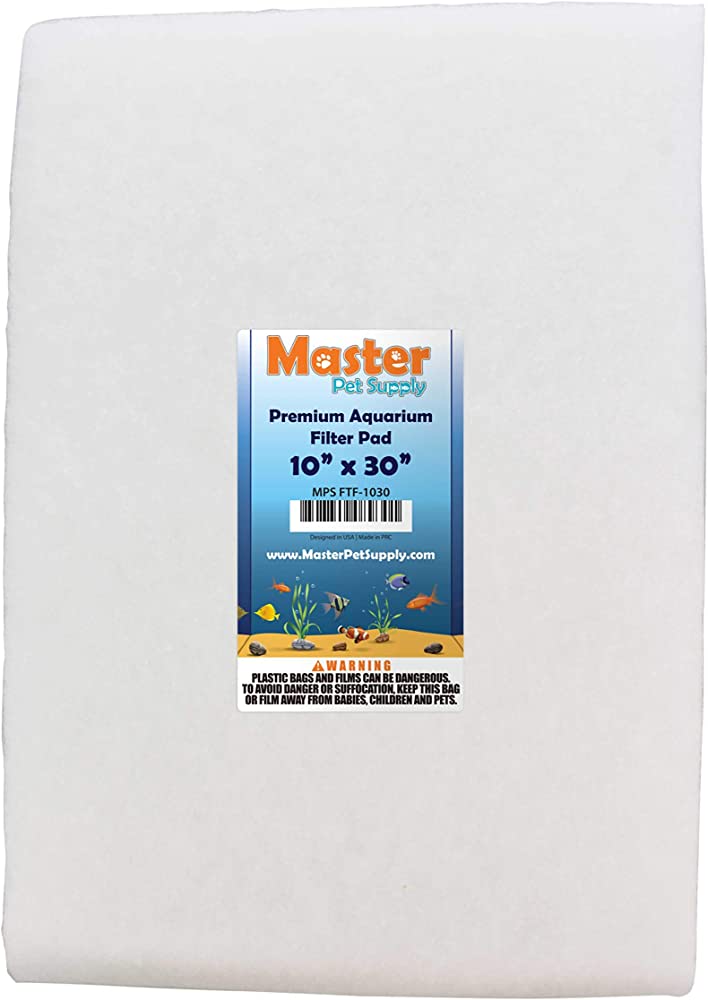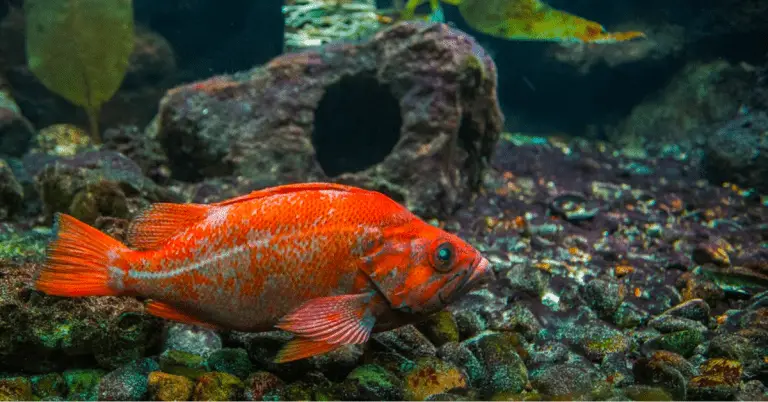How Often To Change Fish Tank Filter
How Often Should You Change Your Fish Tank Filter?
If you’re a proud fish owner, then you know how important it is to provide a healthy and clean environment for your aquatic companions. One crucial aspect of maintaining a clean fish tank is to regularly change the filter. But how often should you actually do this?
The answer to the question of how often you should change your fish tank filter depends on several factors, including the size of your tank, the type of filter you have, the number of fish you have, and the overall water conditions. Let’s dive deeper into each of these factors to help you determine the right frequency for your specific situation.
The Size of Your Tank
The size of your fish tank plays a significant role in determining how often you should change the filter. In general, smaller tanks tend to accumulate waste more quickly, so it’s important to change the filter more frequently. If you have a small aquarium, with a capacity of around 10 gallons, you might consider changing the filter every two to four weeks.
On the other hand, larger tanks have a higher volume of water, which dilutes waste and leads to slower buildup. For a larger aquarium, with a capacity of 50 gallons or more, you can typically get away with changing the filter every four to six weeks.

The Type of Filter You Have
There are several types of filters available in the market, each with its own maintenance needs. The commonly used filters are sponge filters, hang-on-back filters, canister filters, and internal filters.
Sponge filters are known for their simplicity and ease of use. They provide mechanical and biological filtration. Depending on the size of your sponge filter and the amount of waste produced by your fish, you may need to clean or replace the sponge every two to four weeks.
Hang-on-back filters are commonly used in many fish tanks. These filters require regular maintenance, including replacing the filter cartridge or cleaning the filter media. Depending on the fish load and the frequency of feeding, you may need to replace the filter cartridge every two to four weeks.
Canister filters are one of the most efficient filters available. They provide excellent mechanical, biological, and chemical filtration. Canister filters typically require less frequent maintenance. You may need to clean or replace the filter media every four to six weeks.
Internal filters are often used in smaller aquariums or as additional filtration in larger tanks. These filters are usually easy to maintain and require cleaning or replacement of the filter media every two to four weeks.
The Number of Fish in Your Tank
The number of fish you have in your tank is directly proportional to the waste produced. More fish means more waste, which can lead to a faster accumulation of debris in the filter. If you have a heavily stocked tank, with numerous fish, you may need to change the filter more frequently.
Ideally, it would help if you monitored the water quality regularly to determine if the filter needs to be changed more frequently based on the waste produced by your fish. Regular water testing can help you identify any changes in water parameters, such as ammonia or nitrite spikes, which may indicate the need for a filter change.
Overall Water Conditions
The condition of your tank water is an essential aspect to consider when determining the frequency of filter changes. If your tank water is consistently cloudy or has a foul odor, it’s a strong indication that the filter is not effectively removing waste and debris from the water.
In such cases, you may need to change the filter media more frequently or consider upgrading your filtration system. Regularly monitoring the clarity and quality of your tank water will help you determine if the filter needs to be changed sooner than usual.
Frequently Asked Questions
1: Can I clean the filter rather than replacing it?
In most cases, it is recommended to replace the filter media rather than just cleaning it. This is because the filter media can become clogged with debris and lose its effectiveness over time. However, certain types of filters allow for cleaning and reusing the media. Refer to the manufacturer’s instructions for guidance on cleaning your specific filter.
2: Are there any signs that indicate the filter needs to be changed?
Yes, there are a few signs that indicate it’s time to change your filter. These include reduced water flow, excessive debris accumulation, foul odor, cloudy water, or abnormal water parameter levels. It’s essential to be proactive and regularly observe your tank to catch these signs early and maintain a healthy environment for your fish.
3: How can I prolong the lifespan of my filter?
To prolong the lifespan of your filter, it’s important to conduct regular maintenance, including cleaning or replacing the filter media as needed. Additionally, avoid overfeeding your fish, as excessive food can lead to increased waste and strain on the filter. It’s also beneficial to perform regular water changes to help reduce the overall workload on the filter.
Final Thoughts
The frequency at which you should change your fish tank filter depends on various factors, such as tank size, filter type, fish population, and water conditions. Regular maintenance and observation are key to keeping your aquarium clean and providing a healthy living environment for your fish. By understanding the needs of your specific setup, you can ensure that your filter is functioning optimally and effectively removing waste from the water. So, take the time to assess your tank’s requirements and establish a regular filter change routine to keep your aquatic companions happy and healthy.






